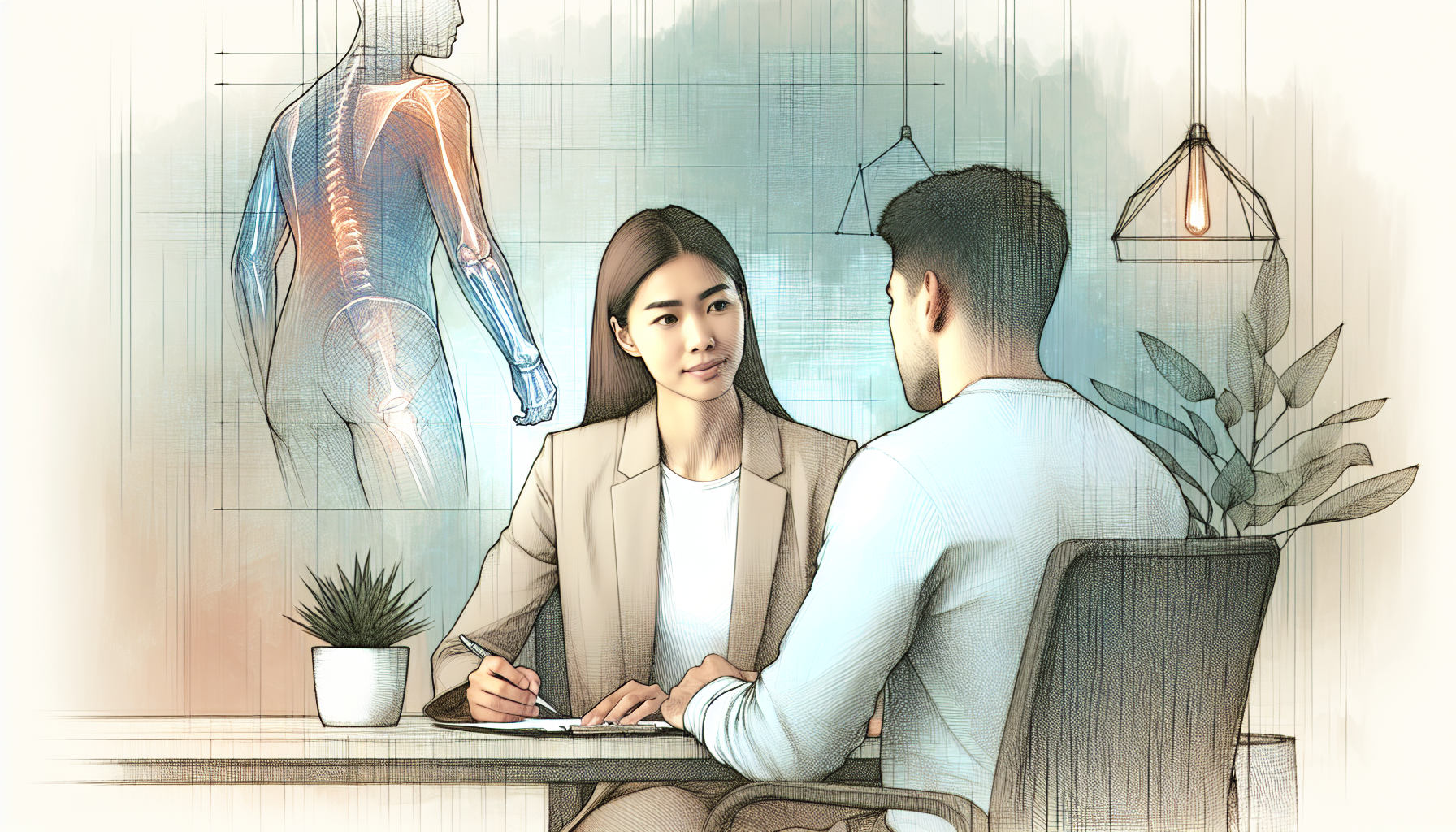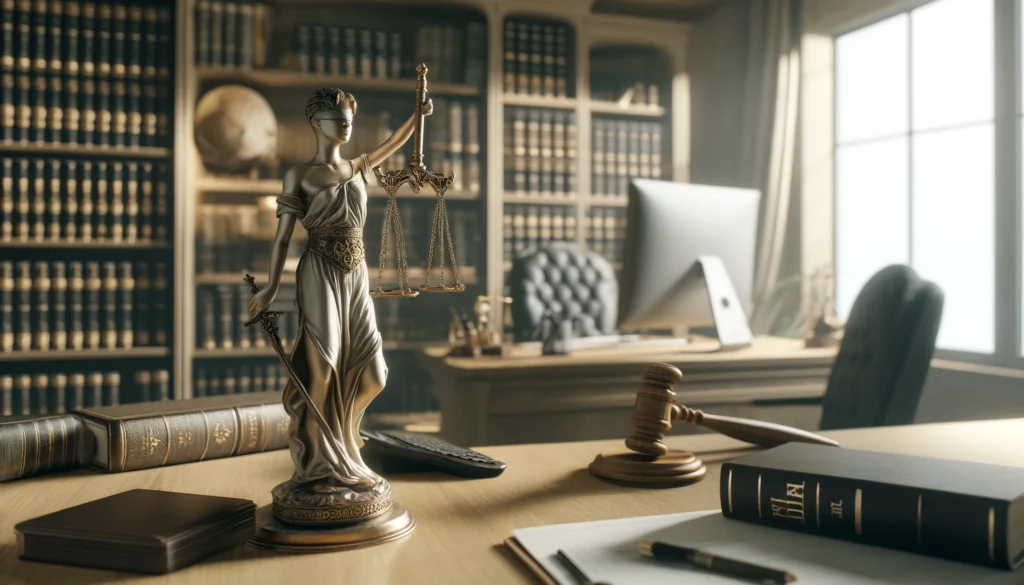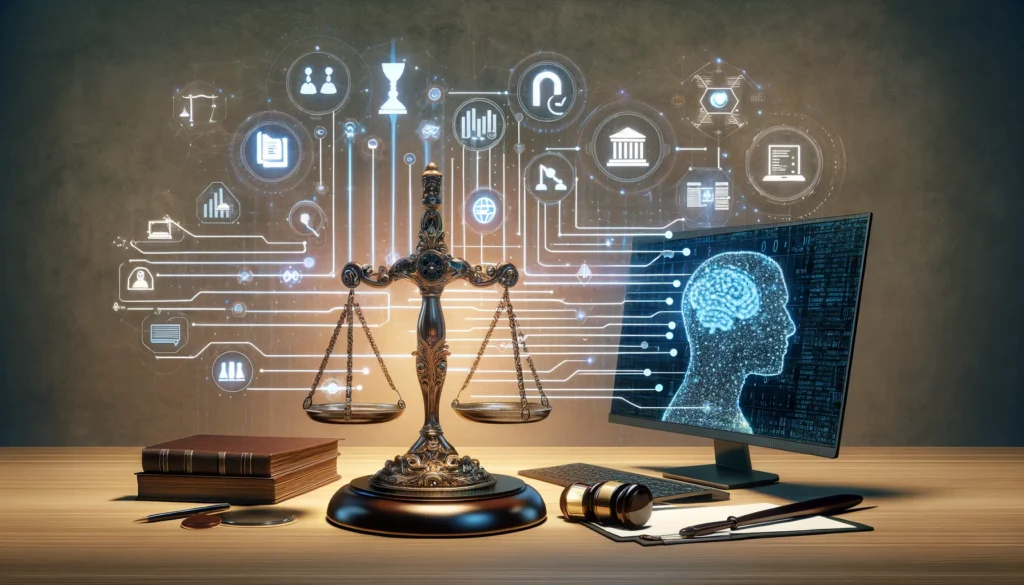
Opening Gambit: The Era of AI-Enhanced Legal Workflows
The legal domain is witnessing a paradigm shift with the incorporation of Artificial Intelligence (AI). From contract analysis to legal research, AI is reshaping traditional legal workflows, making them more efficient and accurate. One notable advancement is the introduction of AI models like ChatGPT, which are changing the game in legal documentation.
ChatGPT, developed by OpenAI, is an advanced language model that assists in generating coherent, legally sound documents with remarkable speed and precision. By leveraging such technology, lawyers and paralegals can draft complex legal agreements, such as corporate indemnity agreements, more effectively.
Setting the Stage: Understanding Corporate Indemnity Agreements
Corporate indemnity agreements serve as a safeguard, protecting parties from potential losses or damages arising from specified events. These agreements are pivotal in corporate law, defining the responsibilities and liabilities between entities such as companies and their directors, officers, or employees.
**Key components of corporate indemnity agreements include:**
– **Indemnification Clause:** Specifies the circumstances under which indemnity is applicable.
– **Scope of Indemnity:** Defines what losses or damages are covered.
– **Exclusions and Limitations:** Outlines what is not covered under the agreement.
– **Notification and Claim Process:** Details the procedure for notifying and claiming indemnity.
– **Duration and Termination:** Specifies the duration of the agreement and conditions for its termination.
By comprehensively understanding these elements, one can appreciate the intricacies involved in drafting a robust corporate indemnity agreement.
Unleashing ChatGPT: Integrating AI into Paralegal Workflows
With the foundational knowledge of corporate indemnity agreements, we now explore how ChatGPT can transform the drafting process.
**How ChatGPT Streamlines the Drafting Process:**
– **Speed:** ChatGPT can draft initial agreements in minutes, significantly reducing the time lawyers and paralegals spend on routine tasks.
– **Accuracy:** By incorporating the latest legal data, ChatGPT ensures that the generated content complies with current laws and regulations.
– **Consistency:** Uniform language and structure improve the readability and enforceability of agreements.
**Benefits of Using LLMs in Legal Work:**
– **Reduction in Human Error:** AI mitigates the risk of overlooking crucial clauses or inadvertently including outdated information.
– **Enhanced Productivity:** By handling mundane drafting tasks, ChatGPT enables legal professionals to focus on higher-value activities such as client consultation and strategy development.
– **Cost Efficiency:** The automation of repetitive tasks leads to cost savings, benefiting both legal firms and their clients.
These benefits underscore how AI, specifically ChatGPT, can be a game-changer in legal workflows.
The Art of the Prompt: Crafting Effective Queries for ChatGPT
Effectively integrating ChatGPT into legal drafting requires crafting precise and nuanced prompts. The quality of the AI’s output is directly influenced by the clarity and specificity of the prompts provided.
**Crafting Specific and Nuanced Prompts:**
– **Be Detailed:** “Draft an indemnification clause for a corporate indemnity agreement that includes coverage for legal fees and court costs.”
– **Provide Context:** “Generate a scope of indemnity section for a director’s indemnity agreement under Delaware law.”
**Examples of Effective Prompts:**
– *”Create an exclusions and limitations clause that excludes negligence and intentional misconduct.”*
– *”Draft a notification clause that specifies a 30-day notice period for claims.”*
**Fine-Tuning Language to Achieve the Desired Outcome:**
– **Iterative Adjustments:** Adjust the prompt based on the initial response. For instance, if the draft is too verbose, instruct ChatGPT to “condense and use more concise legal terminology.”
– **Clarification Requests:** If the generated text is unclear, reframe the prompt with additional clarifications, such as, “Specify the process for submitting a claim in more detail.”
By mastering the art of the prompt, legal professionals can harness ChatGPT’s capabilities to produce high-quality drafts.
From Draft to Perfection: Polishing and Validating AI-generated Content
While ChatGPT’s drafts are impressive, human oversight remains crucial to ensure the final document’s quality.
**Reviewing and Refining Generated Text:**
– **Detailed Edits:** Scrutinize the draft for any anomalies or areas lacking legal precision.
– **Cross-Referencing:** Compare the AI-generated content with applicable statutes and past agreements to ensure compliance and relevance.
**Ensuring Legal Compliance and Accuracy:**
– **Legal Soundness:** Verify the document against current legal standards and corporate policies.
– **Incorporate Feedback:** Adapt the document based on feedback from senior legal professionals or subject matter experts.
**Integrating Human Oversight:**
– **Collaborative Review:** Conduct peer reviews to catch oversights and refine language.
– **Final Approval:** Secure sign-off from key stakeholders and legal experts before finalizing the draft.
Integrating stringent review processes ensures that AI-enhanced drafts meet the highest legal standards.
Advanced Techniques: Mastering the Use of ChatGPT in Legal Writing
For seasoned professionals, leveraging ChatGPT’s advanced features can further enhance the quality of legal documents.
**Leveraging Advanced Features:**
– **Style Settings:** Customize the tone and style to match the firm’s standards, whether formal or conversational.
– **Context Continuity:** Ensure that the AI understands the entire context by feeding it preceding sections of the agreement.
**Combining Multiple Prompts:**
– **Comprehensive Sections:** Split complex sections into manageable prompts and then integrate the outputs into a cohesive whole.
– **Iterative Enhancements:** Use successive prompts to refine and expand upon initial drafts.
By mastering these techniques, legal professionals can maximize ChatGPT’s potential.
The Ethical Dimension: Navigating the Risks and Responsibilities
While the benefits of AI in legal drafting are significant, ethical considerations must guide its use.
**Ethical Considerations:**
– **Maintaining Integrity:** Ensure that AI is used to enhance, not replace, human expertise.
– **Transparency with Clients:** Clearly inform clients about the use of AI in drafting legal documents.
**Data Security and Client Confidentiality:**
– **Secure Handling:** Ensure AI tools comply with data protection regulations and maintain client confidentiality.
– **Ethical Use:** Use AI responsibly, safeguarding sensitive information from unauthorized access.
Addressing these ethical dimensions is crucial for maintaining trust and legal integrity.
A Forward Look: Future Trends and Continuous Learning
The integration of AI in legal work is only at its inception.
**Future Trends:**
– **Enhanced Capabilities:** Continuous improvements in AI models will lead to even more accurate and reliable legal assistance.
– **Increased Adoption:** More law firms will integrate AI, realizing its efficiency and efficacy.
**Resources for Staying Updated:**
– **Professional Journals:** Regularly read journals like The American Lawyer and ABA Journal.
– **Continuing Education:** Participate in workshops and courses focused on AI in the legal profession.
Staying abreast of these trends ensures legal professionals remain at the forefront of innovation.
The Grand Finale: Synthesizing Human Expertise with AI Efficiency
Embracing the synergy between human expertise and AI efficiency marks a revolutionary step forward in legal drafting. This integration promises not only to enhance productivity but also to uphold the highest standards of legal practice.


